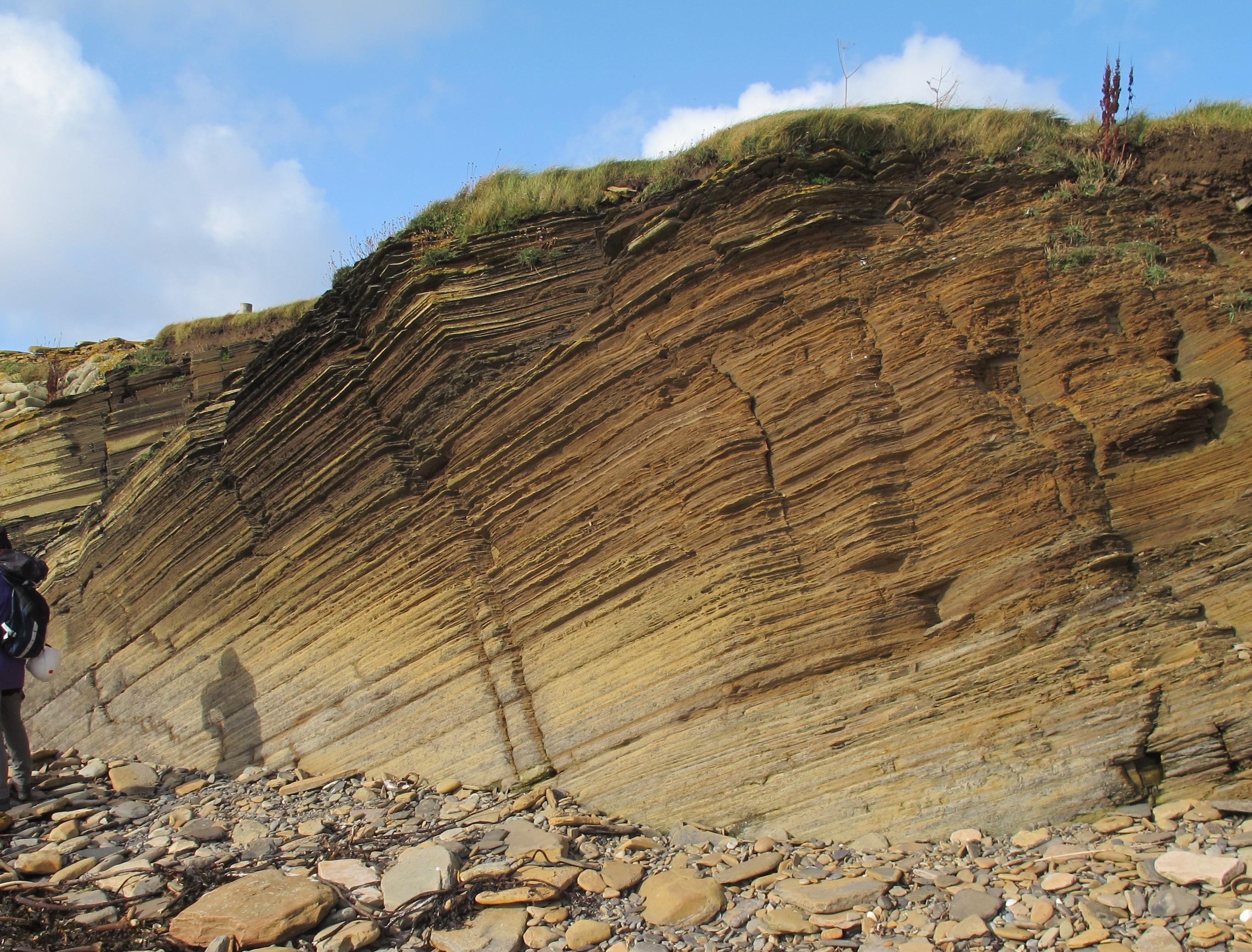Basin types and their exploration and production: reserves and resources
Description
Basins are typically areas filled with sedimentary rocks. Three classes of basins, cathegorized by the way they are created, are proposed. Firstly cratonic basins due to the stretching of continental crust, secondly subductive troughs caused by tectonic collisions and finally basins occuring from plates drifting apart. Two types of filling such a basin with sediment are moreover presented: postdepositional and syndepositional. || In the final part of the course, some case studies regarding oil and gas fields are elaborated on. These are: the Golden lane (Mexico), the Niger Delta, the Gabon basin, the gulf of Mexico, the North Sea and finally the Alaskan North slope.
More Episodes
Published 03/21/18
"The main hydrocarbon molecules present in crude oil, like paraffins, naphtenes and aromatics, are discussed. Structural formulas are shown as graphical representations. Moreover, the main method to analyze the composition of oil, gas chromatography, is explained. || After fractionating the crude...
Published 02/28/18
We learned that oil results from kerogen, which in turn comes from organic matter. This oil is then present in source rocks. The source rocks get overpressured and oil moves from the source rocks to the reservoir rocks. Reservoir rocks can be imaged with seismic by geophysicists, and this is also...
Published 02/28/18


